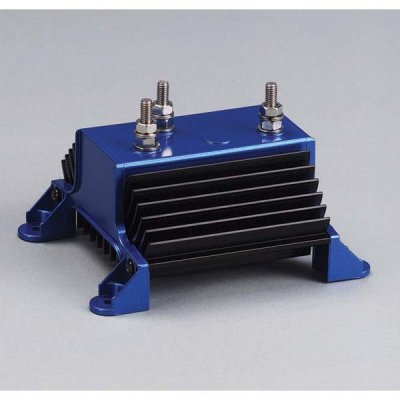jskinner30PII
Senior Member
I have a 2006 30' Main ship rumrunner. 315HP Yanmar motor. For those of you that have the 315 HP Yanmar could you tell me the following.
How many wires do you have going to your alternator? 1 or 2? If you have 2 where do they go to, isolator and then to battery? I have an issue with the way mine is wired and I wanted to check with other 315hp Yanmar owners.
Thanks Jeff.
How many wires do you have going to your alternator? 1 or 2? If you have 2 where do they go to, isolator and then to battery? I have an issue with the way mine is wired and I wanted to check with other 315hp Yanmar owners.
Thanks Jeff.

